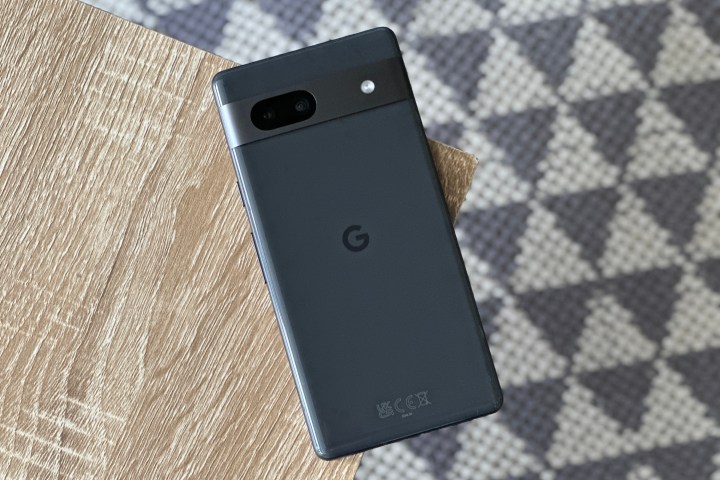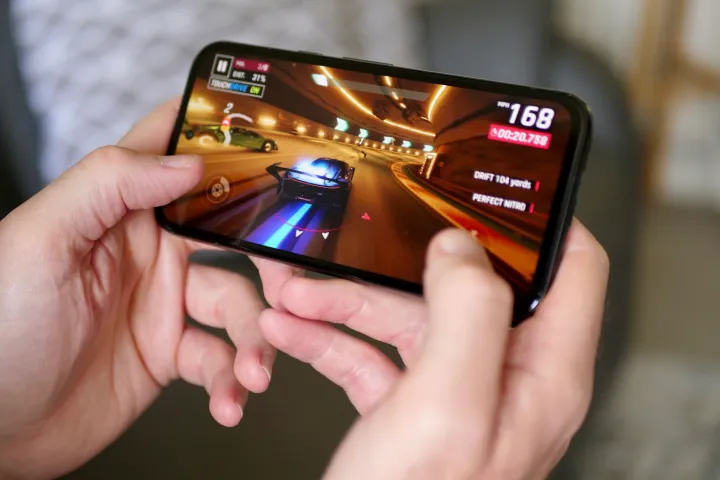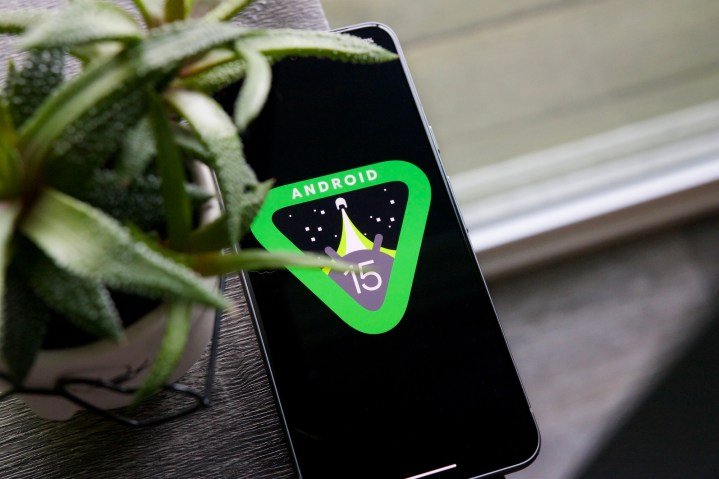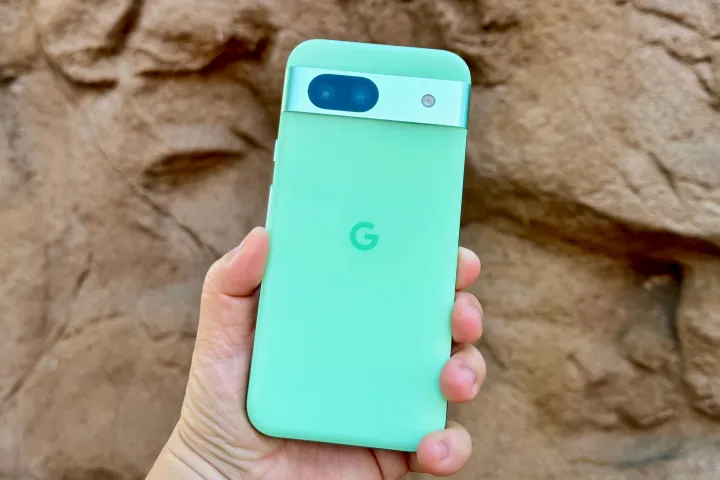The newly released Google Pixel 8a has made its debut in the competitive budget smartphone category, officially replacing its predecessor, the Google Pixel 7a, which launched last year. Despite the two phones’ similar appearances, the latest model boasts significant improvements under the hood, setting it apart as a considerably superior option.
In order to make an informed decision about which phone best suits your needs, it’s crucial to understand the differences between the Google Pixel 8a and the Pixel 7a. Therefore, let’s delve deeper into these distinctions to determine which device aligns with your preferences and requirements.
Pixel 8a vs. Pixel 7a: specs
| Google Pixel 8a | Google Pixel 7a | |
| Size | 152.1 x 72.7 x 8.9 depth mm (6.0 x 2.9 x 0.4 inches) | 152 x 72.9 x 9 mm (5.98 x 2.87 x 0.35 inches) |
| Weight | 188 g (6.8 ounces) | 193.5 grams (6.84 ounces) |
| Screen size | 6.1 inch OLED | 6.1-inch OLED |
| Screen resolution | 2400 x 1080 pixels (430 pixels per inch), 120Hz. 2,000 nits peak brightness | 2400 x 1080 pixels (429 pixels per inch), 90Hz, 1,000 nits peak brightness |
| Operating system and updates | Android 14 w/seven years of OS, security, and Feature Drop updates | Android 13 w/three years of OS updates, five years of security and Feature Drop updates |
| Storage | 128GB or 256GB | 128GB |
| MicroSD card slot | No | No |
| Processor | Google Tensor G3/Titan M2 security coprocessor | Google Tensor G2/Titan M2 security coprocessor |
| RAM | 8GB | 8GB |
| Camera | Dual lens 64MP wide, 13MP ultrawide rear, 13MP front | Dual lens 64MP wide, 13MP ultrawide rear, 13MP front |
| Video | Up to 4K at 60 frames per second (fps) | Up to 4K at 60 frames per second (fps) |
| Bluetooth version | Bluetooth 5.3 | Bluetooth 5.3 |
| Ports | USB-C | USB-C |
| Fingerprint sensor | Yes, in-display | Yes, in-display |
| Water resistance | IP67 | IP67 |
| Battery | 4,492mAh
18W wired charging Wireless charging (Qi-certified) |
4,385mAh
18W wired charging Wireless charging (Qi-certified) |
| Colors | Obsidian, Porcelain, Bay, Aloe |
Charcoal, Snow, Sea, Coral |
| Price | From $499 | $499 |
Pixel 8a vs. Pixel 7a: design, display, and durability

The design of the Pixel 8a is somewhat similar to its predecessor, the Pixel 7a, although there are a few notable differences. The newer version has a more modern look because of its rounded corners, which soften the design and make it slightly easier to hold. On the Pixel 7a, there are more-angular corners. However, because of its metal frame and plastic rear panel, which make the Pixel 8a a little bit slippery, it is still recommended to buy a Pixel 8a case to avoid accidental drops.

The Pixel 8a brings some significant upgrades to the display. Both phones offer a 6.1-inch OLED panel with a 2400 by 1080 resolution. However, the Pixel 8a takes it a step further with a 120Hz refresh rate and up to 2,000 nits of peak brightness, compared to the 90Hz refresh rate and 1,000 nits of peak brightness of the Pixel 7a. These enhancements promise a smoother and brighter viewing experience, and they should be quite noticeable in daily use.
Both phones have Corning Gorilla Glass 3 cover glass and IP67 dust and water resistance, ensuring durability. Finally, where the Pixel 7a launched in Charcoal, Snow, Sea, and Coral, the Pixel 8a is available in Obsidian, Porcelain, Bay, and Aloe.
Pixel 8a vs. Pixel 7a: performance, battery life, and charging

The Pixel 8a has seen a performance boost compared to the previous version. It has an upgraded Google Tensor G3 chip with Google’s Titan M2 security coprocessor. For context, the Google Tensor G3 chip is also featured in the Pixel 8 and Pixel 8 Pro.
The new chip offers a 22% increase in CPU speed and supports 25% higher memory bandwidth compared to the Tensor G2 chip in the Pixel 7a. It has nine cores compared to the older model’s eight cores. These advancements aim to enhance multitasking capabilities and improve the handling of resource-intensive applications. Google also asserts that the Tensor G3 chip houses a machine learning model that is 10 times more intricate than that found on the Tensor G2 chip, which should improve AI-driven functionalities like Google Assistant and image recognition. The Tensor G3 chip is built on Samsung’s 4-nanometer fabrication processor; its predecessor was developed on Samsung’s 5nm process.
In addition to benchmarks, our own testing has also proven the Tensor G3 to be a better overall chip compared to the G2. It runs cooler, is more stable, and is a bit more power-efficient. It won’t dethrone the Qualcomm Snapdragon 8 Gen 3 any time soon, but compared to the Tensor G2, the Tensor G3 is a very solid upgrade.

There have also been a few battery changes between the Pixel 7a and Pixel 8a models. The Pixel 8a has a slightly larger battery (4,492mAh compared to 4,385mAh), which results in a 15% improvement in battery life compared to the Pixel 7a. Both models promise a minimum of 24 hours of battery life with regular use, and with Google’s Extreme Battery Saver, the battery life can be extended up to 72 hours.
The charging capabilities of both phones have remained unchanged. This means they still support up to 18-watt wired charging and up to 7.5W Qi wireless charging. The wired charging feature allows for faster charging times, while the wireless charging feature provides convenience for those who prefer a cable-free charging experience. Overall, these charging capabilities ensure that users can keep their devices powered up and ready to use, no matter where they are.
Pixel 8a vs. Pixel 7a: cameras

Google has decided to stick with the same camera setup as the Pixel 7a for the new Pixel 8a. The newer phone features the same 64-megapixel main camera and 13MP ultrawide camera as the Pixel 7a, plus the same 13MP front camera for selfies and video calls. While some users may have hoped for an upgrade in the camera department, it didn’t happen this time.
However, the camera software has changed. The Pixel 8a now includes features previously available only on the rest of the Pixel 8 series, such as Best Take and Magic Editor. The Best Take feature allows you to take multiple photos quickly and then pick the best one from among them. The Magic Editor feature is another notable addition that lets you edit your pictures with various filters and effects.
The older Pixel 7a doesn’t have these features. Nonetheless, the Pixel 7a includes some relatively new camera features found on other Pixel phones, including the Pixel 8a, like Magic Eraser and Photo Unblur. The Magic Eraser feature can remove unwanted objects from your photos, while the Photo Unblur feature helps make blurry images clearer.
As noted in our Pixel 8a review, the camera system isn’t flawless, but it is impressive. Colors are vibrant, images are detailed, and there’s great consistency between the main and wide-angle cameras.
Pixel 8a vs. Pixel 7a: software and support

The Pixel 7a comes with Android 13 and offers three years of OS upgrades as well as five years of security and Feature Drop updates.
In contrast, the Pixel 8a is equipped with Android 14 and offers seven years of software support across the board. This is a significant improvement over its predecessor and brings the Pixel 8a in line with the software support level of the Pixel 8 and Pixel 8 Pro.
Pixel 8a vs. Pixel 7a: price and availability

The Pixel 8a is now available with two storage options — 128GB and 256GB — priced at $499 and $559, respectively. Previously, the Pixel 7a was only available with 128GB storage, priced at $499. You can expect the Pixel 7a to be available at a discounted price in the upcoming months.
Pixel 8a vs. Pixel 7a: is it worth upgrading?

If you’re already rocking a Google Pixel 7a, should you rush out and upgrade to the Pixel 8a? If your Pixel 7a is still serving you well and not causing any issues, go ahead and keep using it for another year or two — and enjoy it!
But if it’s starting to act up — and you have the money to spare — the Google Pixel 8a is a tempting upgrade. The enhanced stability and efficiency of the Tensor G3 chip should be fairly substantial, so if you’re experiencing a lot of bugs with your Pixel 7a, the Pixel 8a could be the answer to your problems. Plus, with the smoother refresh rate, brighter screen, extra AI features, and many more years of software updates, you’re getting a much nicer overall smartphone.
What if you don’t have either phone? It’s still too early to determine the extent to which the price of the Pixel 7a may drop after the launch of the Pixel 8a. The drop, if significant, could be enough to sway those on a tight budget to select the Pixel 7a over the Pixel 8a.
However, for most folks, the Pixel 8a is a better option. It offers an improved chipset and display, a bigger battery, a slightly more durable design, and more software support. It also comes in fresh colors that are sure to turn some heads. It shouldn’t come as any surprise that the newer phone is the better overall choice, but Google really delivered on the upgrades this year — making the Pixel 8a one of 2024’s most appealing budget handsets.
Editors’ Recommendations
